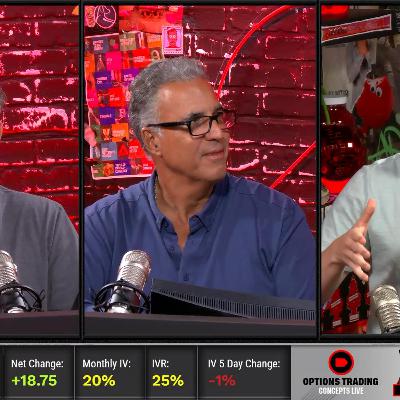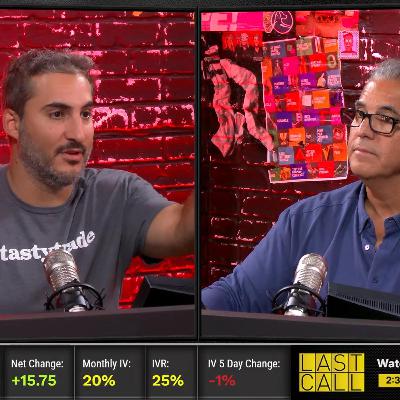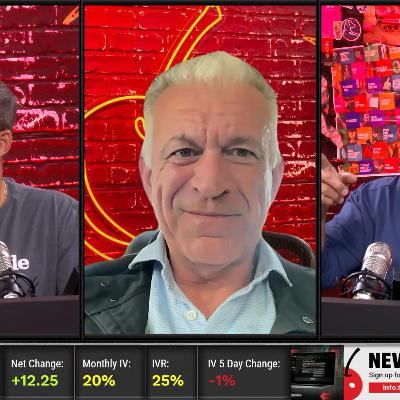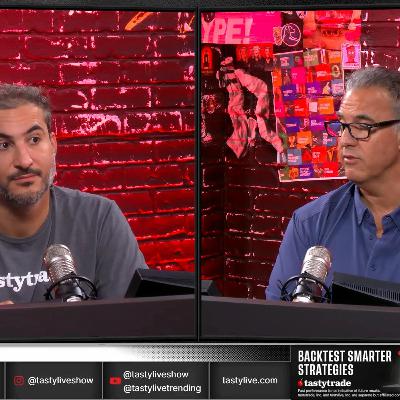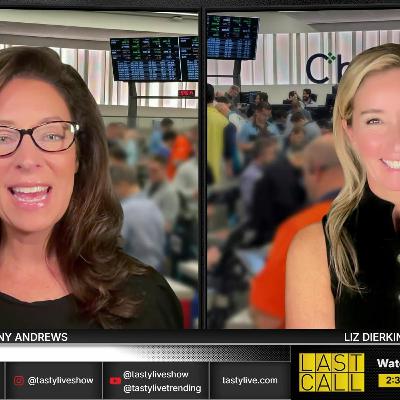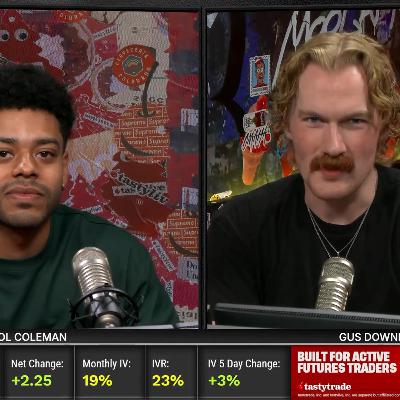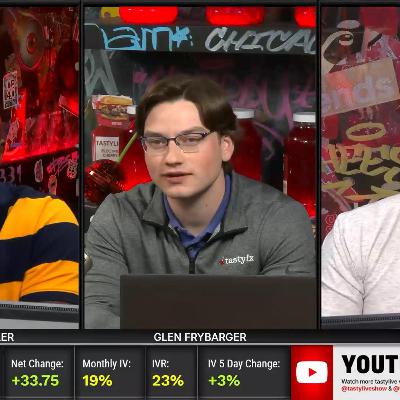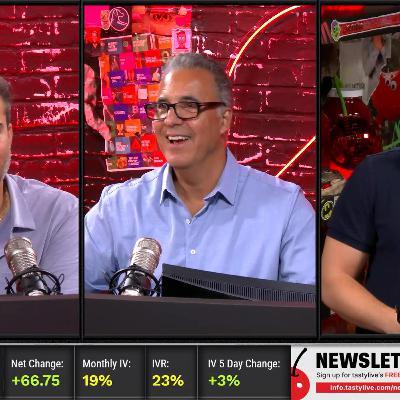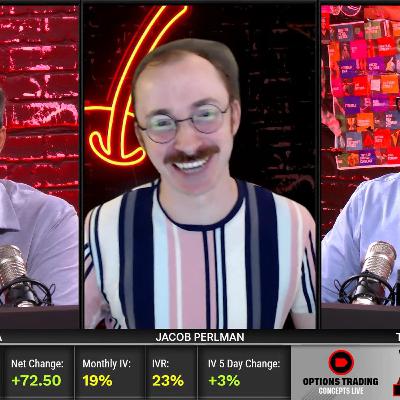Discover The tastylive network
The tastylive network

The tastylive network
Author: tastylive
Subscribed: 1,557Played: 1,725,333Subscribe
Share
© ℗ & © copyright 2013 - 2025 tastylive. All Rights Reserved.
Description
The tastylive network teaches investors innovative, simple ways to trade stocks, options, and futures, take advantage of market volatility and build a successful portfolio. Tom Sosnoff leads an irreverent and playful band of floor traders who are showing America a new way to quickly find low risk, high return strategies in bullish, bearish and sideways markets.
2410 Episodes
Reverse
FxGlenn joined the Liz and Jenny Show to discuss their successful forex trade in USD/CHF, which netted a small profit. The hosts decided to close the position early rather than setting a stop-loss after learning about negative swap costs.
The duo initiated a new long position in USD/CHF at 0.8 to capitalize on overnight carry gains, as U.S. interest rates exceed those in Switzerland. FxGlenn provided standard deviation metrics to help the hosts set realistic profit targets.
Despite Bitcoin falling to $109K, the hosts maintained bullish sentiment while managing positions in crypto ETFs. The VIX climbed to 21.65 amid mixed market signals, prompting discussion about taking smaller profits in the current environment.
Jenny and Liz also managed a zebra position in ETHOP, sold covered calls on LUNAR, and noted that the silver/gold ratio had returned to balance with silver outperforming gold.
In today's From Theory to Practice, Dr. Jim examines how much leverage traders should use in derivatives trading, emphasizing the importance of the delta-theta ratio for short delta portfolios. He recommends targeting a 0.5 ratio (one short delta for every two positive theta), with portfolio theta levels between 0.1% to 0.5% of net liquidation value based on experience level, account size and market volatility.
The session highlights how VIX levels should influence position sizing, with higher volatility periods warranting more aggressive theta deployment.
In Wednesday's Options Trading Concepts Live, Glen provided a comprehensive U.S. dollar correlation analysis across multiple asset classes, revealing an undefined market regime with some surprising relationships. The analysis showed extreme correlations among dollar pairs, indicating U.S.-specific factors are driving price action despite the government shutdown. Euro-dollar and dollar-Swiss franc correlation reached 0.91, while dollar-CAD showed less correlation to other pairs at 0.6-0.7. Cross-asset correlations revealed classic relationships, with 10-year treasuries moving with dollar-yen, and Australian dollar showing exposure to gold, copper and S&P 500. Interestingly, crude oil and U.S. dollar currently show a positive correlation, though the hosts agreed this is likely coincidental rather than a tradable trend. The U.S. dollar/equities relationship remains unstable, flipping between positive and negative correlation throughout 2023, creating what Glen called "no-man's land" for traders seeking clear directional signals.
Liz Dierking and Jenny Andrews break down a 0 DTE SPX put spread market measures. Jacob Perlman from the University of Chicago created research on selling zero days-till-expiration (zero DTE) SPX put options, analyzing over 2.5 years of data. The study focused on impatient bulls selling at-the-money put spreads of various widths.
Results showed consistently high win rates (90-91%) across different spread widths when targeting 10% profit. When targeting 25% profit, win rates decreased slightly to the 80% range but average profit per trade increased. The study found minimal difference between trades placed at market open versus 9 a.m.
Maximum drawdown represented potential consecutive losses, with narrower spreads ($10 wide) showing considerably less risk than wider spreads. This strategy has performed well in the predominantly bullish market of the past 2.5 years.



